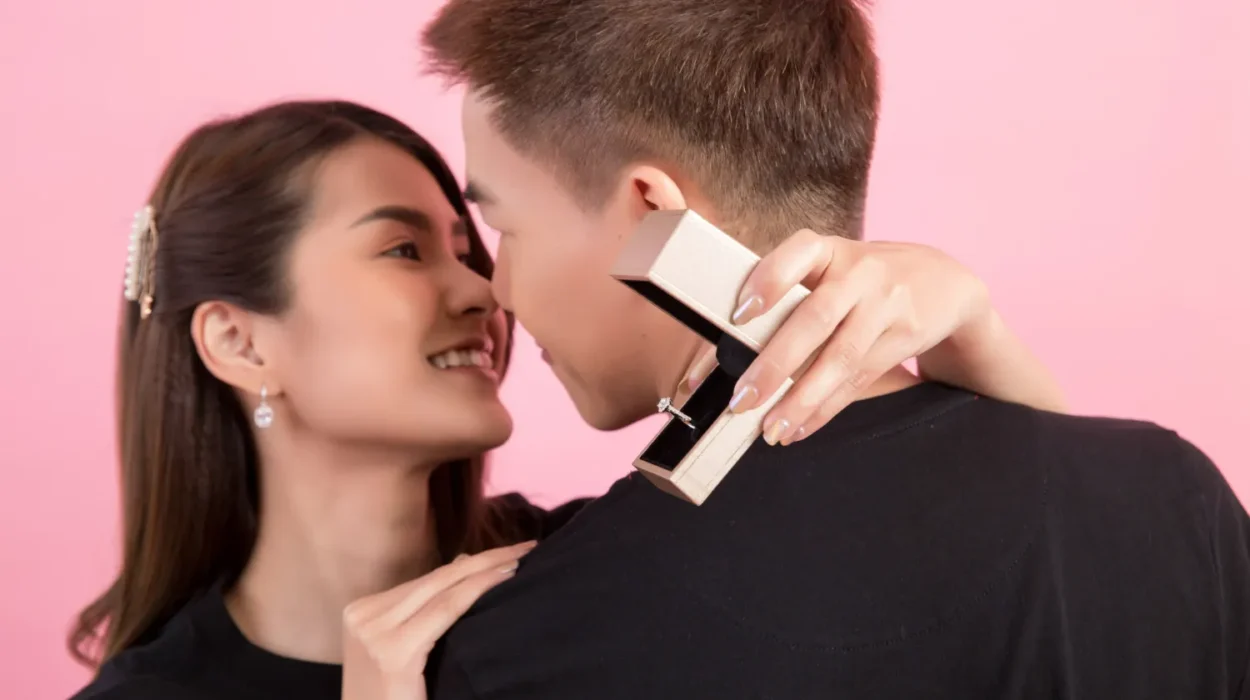The future perfect continuous tense, also known as the future perfect progressive, is used to describe an action that will continue up until a specific point in the future. In this tense, the structure is: Will + have + been + Verb’s present participle (ing).
The format is: Subject + will + have been + verb (ing) + object (optional) + time instant.
When we use the future perfect continuous tense, we are looking back at the duration of an activity while projecting ourselves forward in time. The action will have started at some point in the past, present, or future, and it is expected to continue indefinitely.
Future Perfect Continuous tense examples:
Positive:
- She will have been working there since last night at 12 o’clock.
- He will have been waiting for 20 minutes.
- You will have been working there for 30 years, yet you will not get a chance to complete your dream.
Negative:
- She will not have been working there since last night at 12 o’clock.
- He won’t have been waiting for 20 minutes.
- You will not have been working there for 30 years, so you will not get a chance to complete your dream.
Yes/no type or Interrogative question:
- Will she have been working there since last night at 12 o’clock?
- Will he have been waiting for 20 minutes?
- Will you have been working there for 30 years, or will you get a chance to complete your dream?
Examples of Future perfect continuous:
| Subject | Will not/won’t have been | verb | Object |
| Sam | will not have been | running | last one hour. |
| She | won’t have been | cooking | food last five years |



